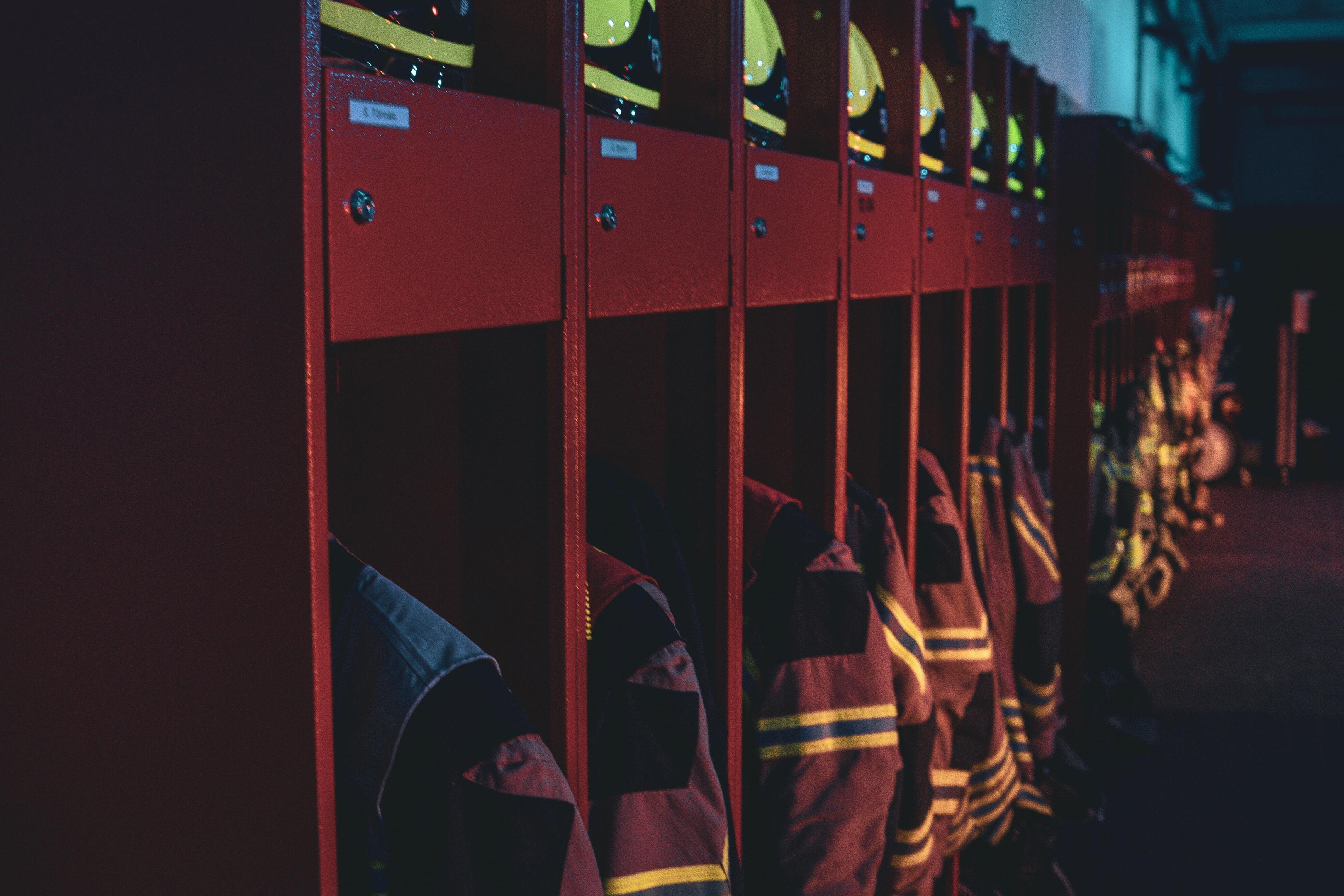The fire protection and rescue industry can be known to move slower than other industries due to the struggle with legislation, regulation and enforcement.

The fire protection and rescue industry can be known to move slower than other industries due to the struggle with legislation, regulation and enforcement.

The difference is that any change in technology or attempt to innovate current solutions could result in a matter of life or death.
With ever-adapting technology in 2021, some trends have the potential to shift the ways we keep safe during the event of a fire and how first responders work in the future. Not only that, they can improve overall awareness, reduce operational costs and – most importantly – save lives.
The exciting developments around IoT could change the way fire and rescue operations work for years to come, helping them save more lives and work more efficiently. From fire detection systems to CCTV cameras, these types of devices are beginning to provide incredibly advanced data to first responders at the touch of a button.
During the event of a fire, reports on everyone’s location, building temperature and more could be reported in real-time to first responders shortly. Although this might not all occur in 2021, the way we use data is going to create a huge movement in how fire and rescue services keep people safe.
In October 2020, the world’s first electric fire engine was launched in Scotland. It comes as no surprise that electric vehicles are now expanding their resources into the world of emergency services since fire engines and ambulances often tend to do multiple short trips. An electric vehicle can recharge at the fire station instead of multiple visits to petrol stations.
The introduction of smartphones and tablets isn’t something new to the industry. This type of communication has been used to record and retrieve data, such as emergency calls and medical records. As technology progresses, it’s expected that advancements like 5G will continue to improve mobile technology and encourage fire and rescue operations to increase their mobile usage for enhanced communication.
The use of smart technology is reaching new heights when it comes to detecting fire. Smart buildings are now on the horizon, and many will soon offer state of the art systems that can register a building’s temperature more accurately. Potentially, they could detect a fire before your average smoke alarm and, with greater capabilities, could even scope the intensity of a fire to allow firefighters to prepare better.
Once largely seen as a gadget for leisure time and hobbies, drones are now being used for several purposes in many different industries. There are numerous drone prototypes currently in progress designed to deliver a defibrillator to those in dangerous situations. With this type of technology available to those in hazardous situations, firefighters could have the potential to save even more lives.
It’s predicted that it will not be long until drones will have the ability to remove victims from danger when firefighters are unable to help in time. Pairing collaborative tools with drones helps to share real-time videos of the incidents at hand, meaning it can be sent to the team’s devices to help first responders know the latest updates from a situation they are responding to. The recordings can then be stored for later analysis and used for training purposes to improve operations.
Smoke detection technology has advanced in recent years, and now video image detection has improved with the help of full video detection being used for further support. This technology uses video-based algorithms that combine cameras into advanced flame and smoke detection resources. The software then produces a video image that concludes whether or not there is smoke or flames present.
At Coopers Fire, we’re always developing, testing and improving our products in line with new technology. To find out more about our products and services, or our educational training courses, call us on 02392 454 405 or email info@coopersfire.com.